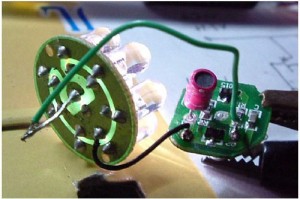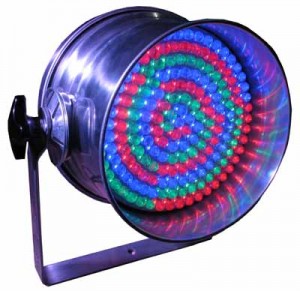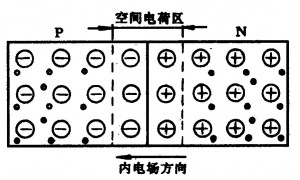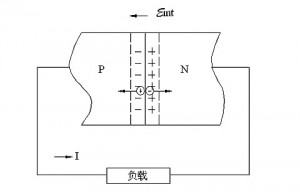With the rapid development of LED lighting industry, the competition becomes more and more fierce. Almost every day, there will be a new born small LED manufacturers take part into this stream, especially in indoor LED lighting market. LED lamps are electronic products. They need particular constructions and covers just like traditional lamps, and also require LED lighting sources (all kinds of LEDs connected in series or in parallel), AD/CD constant current diver, cooling fins made by aluminium or ceramics. Traditional lamps are just electrical products. The main job for traditional lamp manufacturers is design the construction of lamp shape. Lighting sources: bulbs, are usually produced by specific factories. Compare to traditional lamps, the manufacturing technique of LED lamps is much more sophisticated. LED company and LED manufacturers need to employ designers and engineers from electronic, photonic and construction area, as well as common workers.
Since LED lighting market is an emerging market, there is no identical standard established in this field. This leads to a chaos in LED lighting market. Especially for those who just transformed from traditional lamp manufacturers to LED lamp manufacturers, or new comers. In order to reduce risks and the cost of production, they have to purchase LED broads, AC/DC constant current drivers and cooling fins from other manufacturers, then combined these components together to get their final products. Most small LED manufacturers continuous to use their old method: buy a bulb and a cover, then assemble them. It is really an easy way, but only suitable for traditional lamps not LED lamps. However, it is not to say that LED high bay lights cannot be produced in this way. In the matter fact, this clumsy and feckless manufacturing method has been widely accepted within those new-born small LED manufacturers. They do not have their own tech patents. They do not have their own technologies. They omit a lot of necessary tests. They have no certificates. They are actually LED processing factories rather than LED manufacturers. In order to attract more customers, they must reduce products prices. This malicious competition will finally give birth to the disorder of entire LED lighting market. Products from these small LED factories are usually unqualified. Most of them are probably failed during the work. Some even have potential safety hazards.










